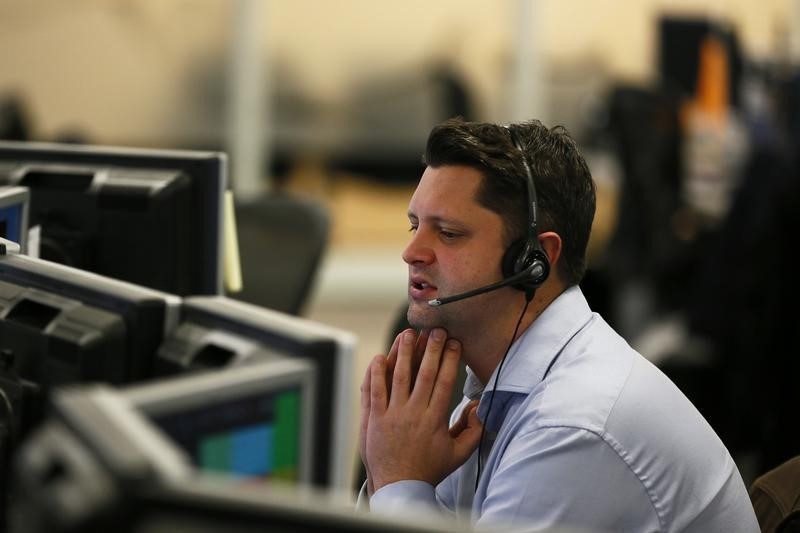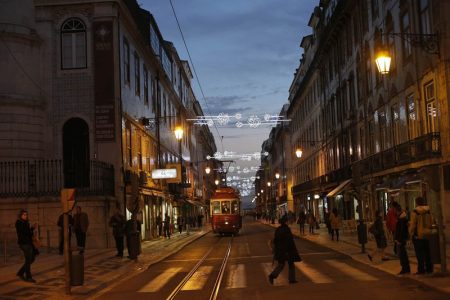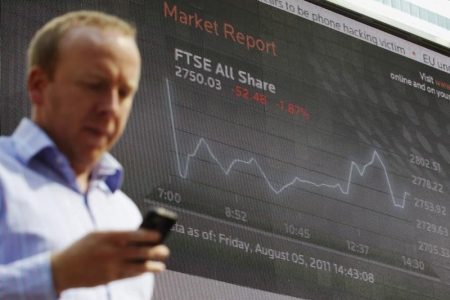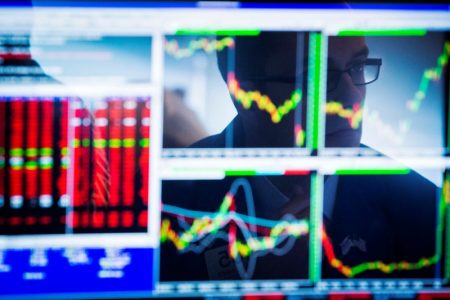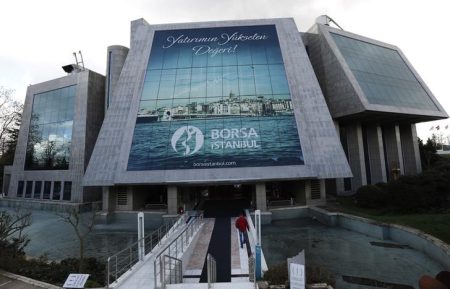By Polina Devitt
LONDON (Reuters) – France’s second largest listed bank Credit Agricole (OTC:) has decided to replace precious metals with trading in the regulated carbon markets starting from 2025, three sources with knowledge of the matter told Reuters.
The move signals the increasing attraction of the world’s most valuable carbon market – the EU Emissions Trading System (ETS) – to European banks.
“Credit Agricole is exiting precious metals, it is managing existing risk and letting the book positions roll off,” one of the sources said. “The bank is instead looking to focus on carbon markets with a view to commencing trading next year,” the source said, adding that management was seeking to align the move to the carbon market with Credit Agricole’s “green ambitions”.
Both Credit Agricole and Credit Agricole CIB, the corporate and investment banking arm of the French bank, declined to comment.
The value of traded global markets for carbon dioxide permits reached a record 881 billion euros ($949 billion) in 2023, according to LSEG analysts. The EU’s ETS represented 87% of the global total – 770 billion euros.
The decision will not impact the precious metals market as Credit Agricole CIB’s business – mainly trading derivatives related to the precious metals for clients – is small compared to the industry’s giants.
The bank, the sources said, has been gradually decreasing its presence there since taking a hit when the pandemic dislocated the gold market four years ago.
Flight restrictions and precious metal refinery closures in early 2020 created worries that traders would not be able to move gold to the United States in time to deliver against futures contracts.
As a result, gold and silver prices in London and New York diverged sharply, leading to high demand for exchange of futures for physical (EFPs), which allow traders to swap gold or positions to and from physical metal, and extreme volatility in EFP premiums.
Many banks were able to weather the storm as they did not cut positions, opting to wait for the price gap to normalise.
Credit Agricole chose to close its positions and realise the loss, two of the sources said, without disclosing the size of the position or loss.
The bank’s precious metals business, according to one of the sources, was making several tens of millions of dollars a year before 2020. For comparison, global gold trading volumes were estimated by the World Gold Council at $241 billion a day in August.
“They did try to re-grow the business two years ago but never really got going unfortunately,” said another of the sources. “The decision was then made to transfer the balance sheet to new markets like carbon to help bolster revenues.”
Read the full article here


